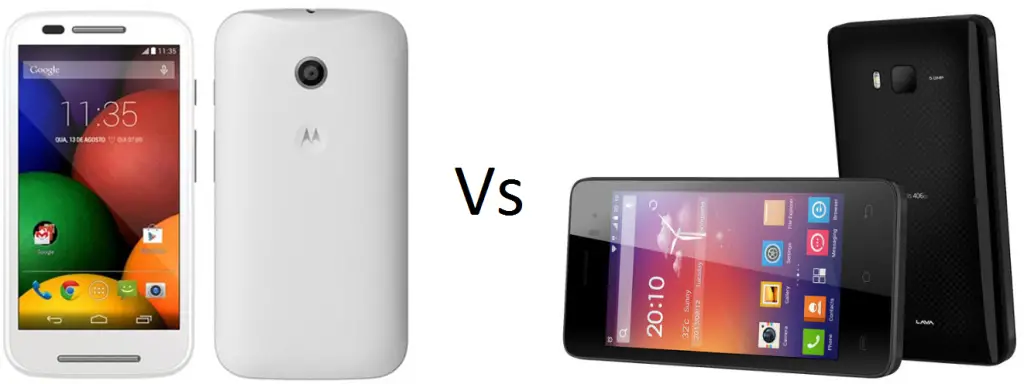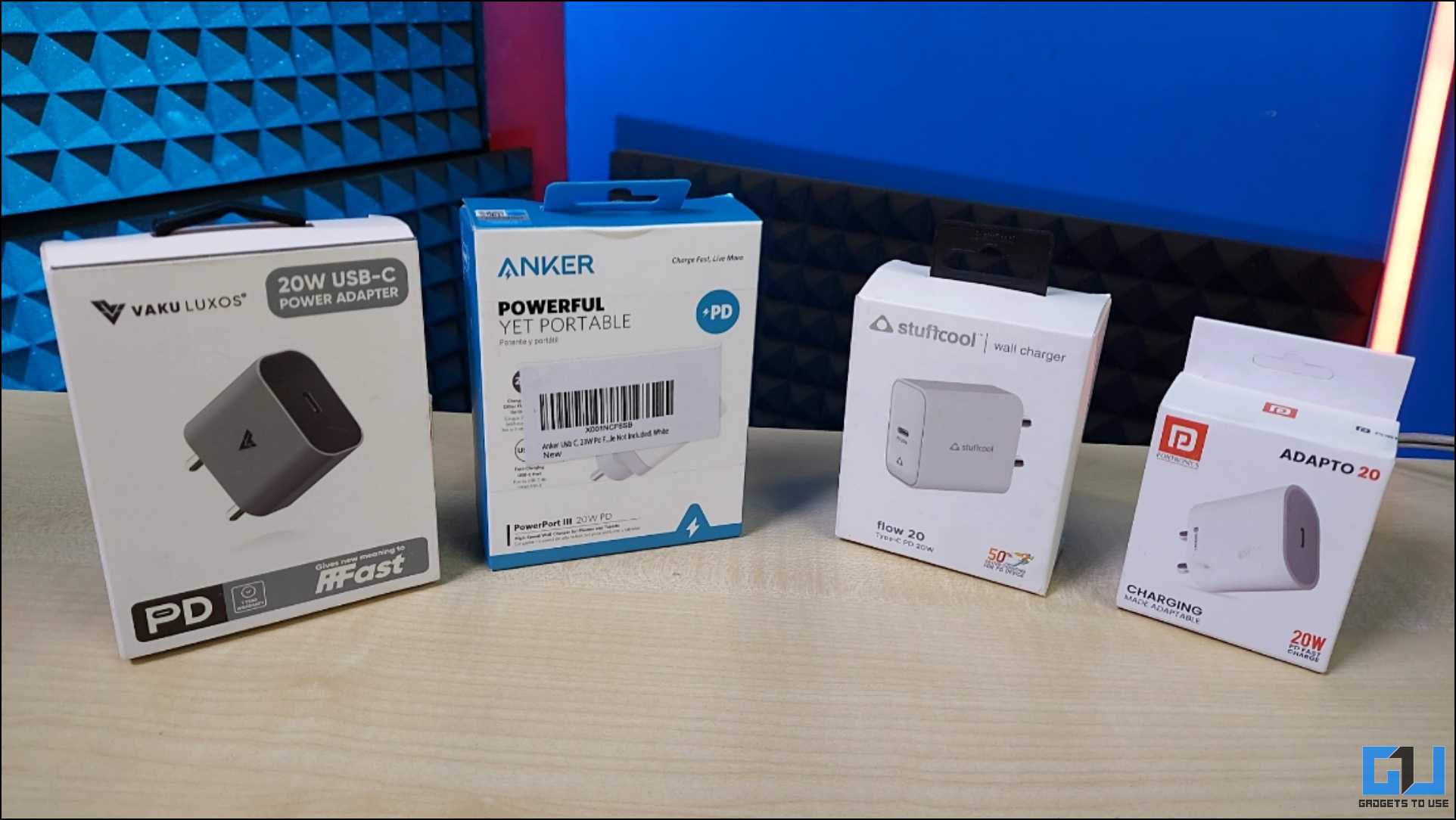Motorola has come up with a new entry-level smartphone launched at a press event in New Delhi, name the Moto E. This device had been a subject of various rumours and was already expected to rival many other entry-level smartphones from various manufacturers. Motorala has launched this new handset with the intentions of taking the Indian entry-level markets by storm at the price of Rs.6999, but to do that it has to compete against some already existing players in the market, one of which is the Lava Iris 406Q.
The Lava Iris 406Q which bears a quad-core chipset is a value-for money device. Priced at a similar Rs.6999, it will be one of the devices which has the potential to offer some resistance to Moto E’s ascent to the top. Let’s compare the various features and specifications of these two devices and try to evaluate their capabilities in comparison to one another.
Display and Processor
The Moto E comes with a 4.3 inch IPS LCD display. It has a qHD resolution which mean the resolution is 960X540 pixels. At this price range, this display resolution is quite nice and gives the device the pixel density of 256 ppi, again pretty good for the range. On the other hand, the dual SIM Iris Pro 406Q is given a 4 inch touch screen. This display boasts of a WVGA resolution of 800×480 pixels. Therefore, not only does the Iris Pro 406Q have a smaller screen than the Moto E, it also falls short where the pixel density is concerned with a pixel density of around 233 ppi.
The Moto E comes with a 1.2 GHz dual core Snapdragon 200 chipset with Adreno 302 GPU. While the chipset in itself is merely okay, the presence of 1 GB RAM in the device will help the device when performing multitasking and graphically intensive tasks. In comparison, the Lava Iris 406Q is equipped with a Snapdragon 200 quad-core processor clocked at 1.2 GHz and teamed up with the same Adreno 302 GPU along with 1 GB of RAM for enhanced multitasking.
While users may wonder whether Moto E’s dual core processor would be able to stand up against Iris 406Q’s quad-core one, the fact is that it is an appropriate mixture and sync of the software and hardware which decides how fluid the functionality of a device would be as discussed in our article on sync between the hardware and software of a smartphone/tablet. Moto G and Moto X have already proven their mettle in this regard, coming in top of devices with better hardware specs.
Camera and Internal Storage
For launching a smartphone device with decent specifications in this price range, a manufacturer has to make cuts somewhere. It seems that it is the camera department where the Moto E has suffered, with no front camera available in the device. For those who regularly use video conferencing apps like Skype or take a lot of selfies, this would be a disappointment. The front camera is a 5 MP camera just like Moto G and we can expect the same picture quality from the lens.
The Lava Iris 406Q has a similar 5 MP camera. However, it scores one over the Moto E in the front cam department, with the presence of a VGA secondary camera. It also has a LED flash, which is again something missing in the Moto E.
Both devices have 4 GB internal storage, which might seem low to prospective buyers. To overcome this limitations, both devices offer a microSD card slot on the device body, which which allow users to use expandable memory of upto 32 GB.
Battery and Features
The battery which come comes with the Moto E is a 1980 mAh Lithium-ion unit. Motorola has promised that the device will be good for 24 hours of normal day-to-day usage. While Iris 406Q itself has decent battery backup, it’s 1700 mAh battery might be humbled by the greater powered Moto E’s battery backup.
Mototrola has launched the Moto E with Android 4.4 KitKat, and users can expect timely updates of newer versions of the Android OS. More software features of the device will become clear with time. Lava Iris 406Q comes on Android 4.3 Jelly Bean from factory. Also included on the Iris 406Q are features like the Battery Guru app that combines the usage patterns to save the battery life and Audio Plus to deliver surround sound, wider bass and 3D audio while wearing headphones.
Key Specs
| Model | Moto E | Lava Iris 406Q |
| Display | 4.3 inches, qHD | 4 inches, WVGA |
| Processor | 1.2 GHz Dual Core | 1.2 GHz Quad Core |
| RAM | 1 GB | 1 GB |
| Internal Storage | 4 GB, Expandable up to 32 GB | 4 GB, Expandable up to 32 GB |
| OS | Android 4.4 KitKat | Android 4.3 Jelly Bean |
| Camera | 5 MP, No front camera | 5 MP, VGA |
| Battery | 1980 mAh | 1700 mAh |
| Price | Rs.6999 | Rs.6999 |
Price and Conclusion
Both of these devices having the same price tag of Rs. 6999 not only fall in the same price bracket, but have very similar features too. However, looking at the Moto G and the Moto X, users can expect the Moto E to turn out to be a first among equals as well. While the only drawback associated with the Moto E device is the absence of a front camera and LED flash, the presence of better battery backup, better display and expected better functionality in comparison to the Lava Iris 406Q and other similar devices is sure to propel Moto E’s sales to the top.



